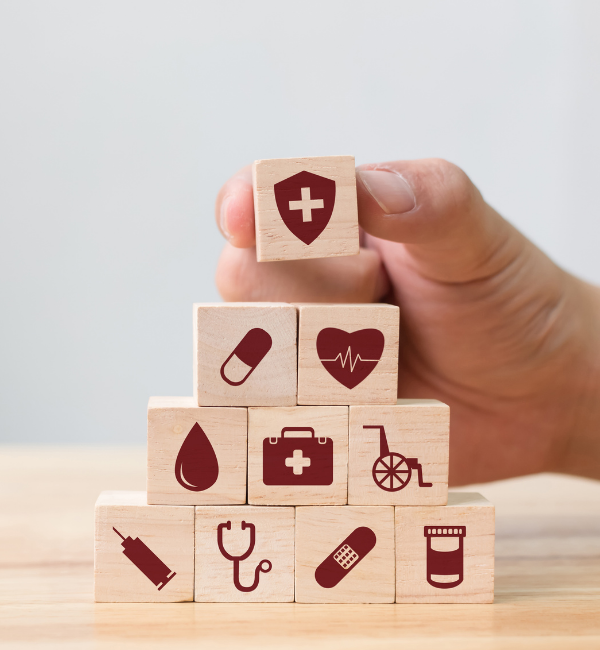Circulation


In this activity, participants will explore the functioning of their circulatory system and how different activity levels impact it!
What You Need
No materials are required for this activity.
Guide:
Worksheet:
Safety Notes
Ensure you are familiar with Let's Talk Science's precautions with respect to safe virtual outreach to youth.
What To Do
Part 1 - What is the circulatory system? (5 mins)
- As the word circulatory infers it, this system is in charge of circulating things in our body.
- One part of the circulation goes from the lungs to the heart, which later distributes the oxygen collected to all muscles and organs.
- The second part is the inverse it goes from muscles and organs to the heart and then to the lungs to eliminate the carbon dioxide.
Part 2 - Explain the vocabulary in a simple manner and exemplify each one of the concepts (10 mins)
- Artery: a blood vessel that conveys blood from the heart to any part of the body.
- Vein: a blood vessel that conveys blood from any part of the body to the heart.
- Heart: Organ that facilitates circulation of blood throughout the body.
- Lungs: saclike respiratory organs in the thorax of humans and the higher vertebrates.
- Oxygen: gas necessary for muscles and organs to transform the energy they receive from blood and nutrients.
- Carbon dioxide: waste product of organs and muscles that gets transported by the blood to the lungs, where it is eliminated.
Part 3 - Make predictions
- Ask students to write down predictions about their circulatory system and different levels of activity. Let them make their own, unscripted predictions.
Part 4 - Put it to the test! (30 minutes)
- Ask all students to remain seated in their chairs and show them how to take their pulse. You can invite a volunteer and do a demonstration.
- Pulse can be taken in the wrist, neck or by putting your hand over your heart. You can measure it during 15 seconds and then multiply results by 4 to obtain the per-minute rate.
- Ask students to measure their pulse at rest and to write it down in their sheets.
- Now take students for a short walk around the block or the schoolyard (they can also walk around the corridor, gymnasium, or their homes).
- Ask them to measure their pulse again and write them down in the corresponding box: mild activity.
- Now ask students to run for couple of minutes. This can be done around the block or the schoolyard. If space is reduced, students could run in place to achieve the same results. Students could also do jumping jacks, etc.
- Finally, ask students to take their pulse once again, after this strenuous activity. They should now write the results in the box that corresponds to high effort activity.
- Make sure all students were able to complete their worksheets.
Part 5 - Results
Now that all three levels have been explored, ask some students to share their results with the rest of the class. What are the results? What are the trends and predictions that can be made with regards to the circulatory system and physical effort?
Discovery
Students will be able to make a connection between the functioning of their circulatory system and the adaptations it makes to adjust to periods of rest and intense activity.
What's Happening?
Students will be able to make a connection between the functioning of their circulatory system and the adaptations it makes to adjust to periods of rest and intense activity.